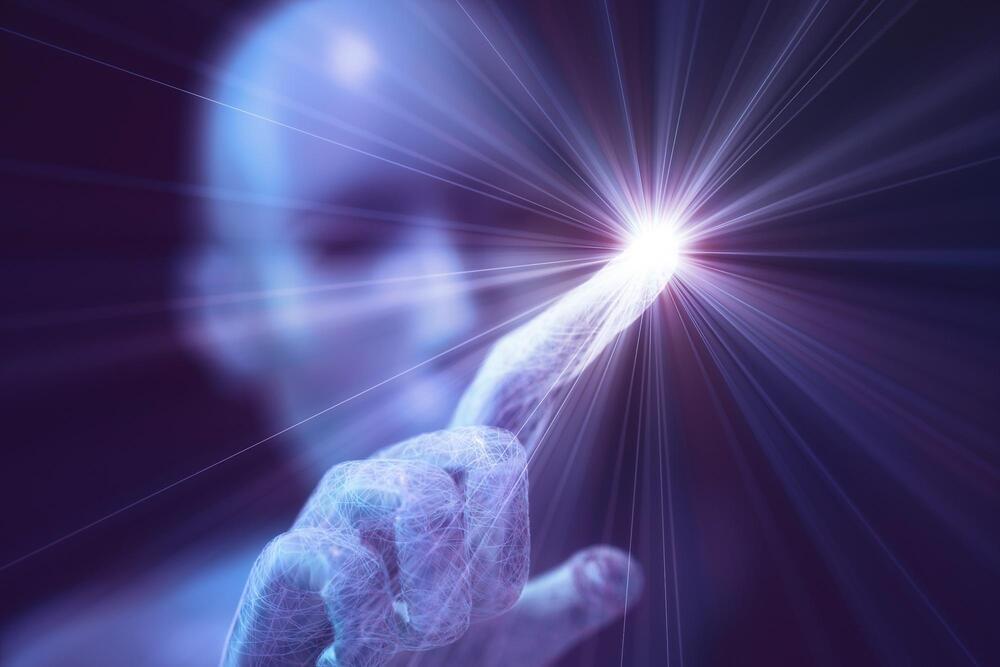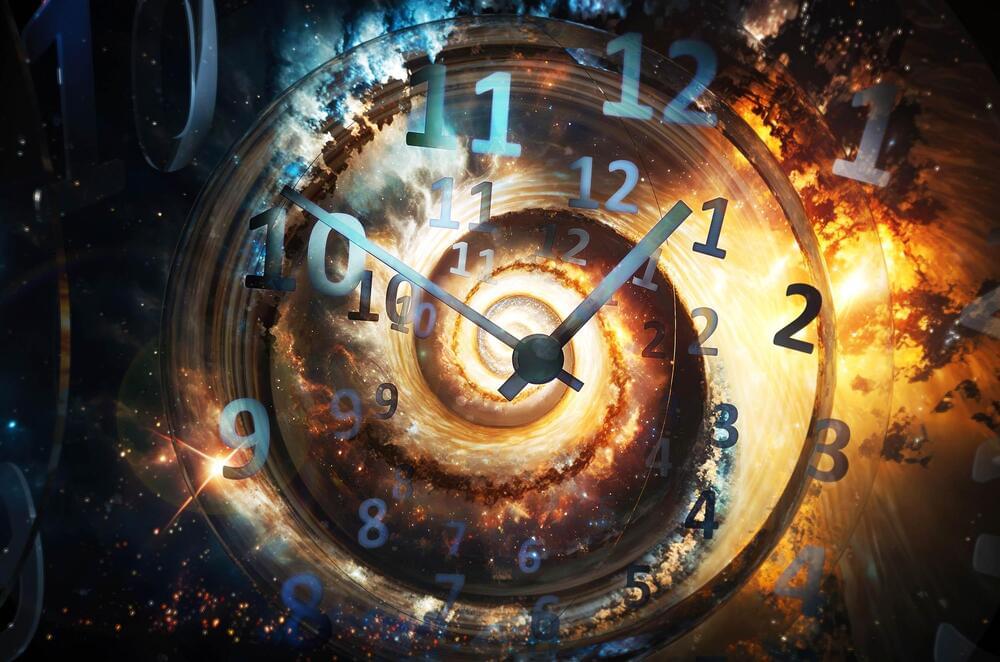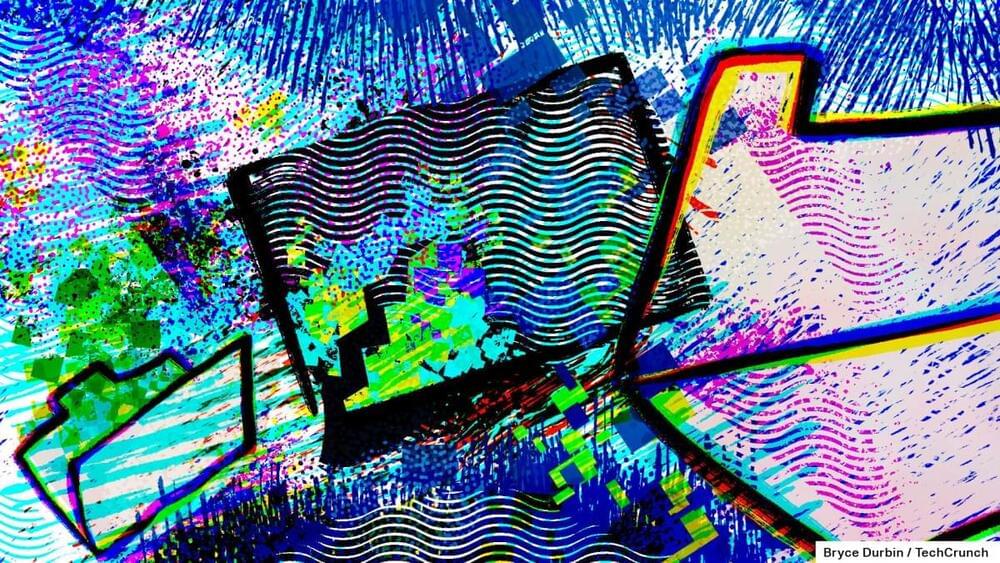Improving Global Resilience Against Emerging Infectious Threats — Dr. Nahid Bhadelia, MD — Founding Director, Center on Emerging Infectious Diseases (CEID), Boston University.
Dr. Nahid Bhadelia, MD, MALD is a board-certified infectious diseases physician who is the Founding Director of BU Center on Emerging Infectious Diseases (https://www.bu.edu/ceid/about-the-cen…) as well an Associate Professor at the BU School of Medicine. She served the Senior Policy Advisor for Global COVID-19 Response for the White House COVID-19 Response Team in 2022–2023, where she coordinated the interagency programs for global COVID-19 vaccine donations from the United States and was the policy lead for Project NextGen, $5B HHS program aimed at developing next generation vaccines and treatments for pandemic prone coronaviruses. She also served as the interim Testing Coordinator for the White House MPOX Response Team. She is the Director and co-founder of Biothreats Emergence, Analysis and Communications Network (BEACON), an open source outbreak surveillance program.
Between 2011–2021, Dr. Bhadelia helped develop and then served as the medical director of the Special Pathogens Unit (SPU) at Boston Medical Center, a medical unit designed to care for patients with highly communicable diseases, and a state designated Ebola Treatment Center. She was previously an associate director for BU’s maximum containment research program, the National Emerging Infectious Diseases Laboratories. She has provided direct patient care and been part of outbreak response and medical countermeasures research during multiple Ebola virus disease outbreaks in West and East Africa between 2014–2019. She was the clinical lead for a DoD-funded viral hemorrhagic fever clinical research unit in Uganda, entitled Joint Mobile Emerging Disease Intervention Clinical Capability (JMEDICC) program between 2017 and 2022. Currently, she is a co-director of Fogarty funded, BU-University of Liberia Emerging and Epidemic Viruses Research training program. She was a member of the World Health Organization(WHO)’s Technical Advisory Group on Universal Health and Preparedness Review (UHPR). She currently serves as a member of the National Academies Forum on Microbial Threats and previously served as the chair of the National Academies Workshop Committee for Potential Research Priorities to Inform Readiness and Response to Highly Pathogenic Avian Influenza A (H5N1) and member of the Ad Hoc Committee on Current State of Research, Development, and Stockpiling of Smallpox Medical Countermeasures.
Dr. Bhadelia’s research focuses on operational global health security and pandemic preparedness, including medical countermeasure evaluation and clinical care for emerging infections, diagnostics evaluation and positioning, infection control policy development, and healthcare worker training. She has health system response experience with pathogens such as H1N1, Zika, Lassa fever, Marburg virus disease, and COVID-19 at the state, national, and global levels.
Dr. Bhadelia has served on state, national, and interagency groups focused on biodefense priority setting, development of clinical care guidelines, and medical countermeasures research. She has served as a subject matter expert to the US Centers for Disease Control and Prevention, Department of Defense (DoD), White House Office of Science and Technology Policy (OSTP) and World Bank. She is an adjunct professor at Fletcher School of Law and Diplomacy at Tufts University since 2016, where she teaches on global health security and emerging pathogens.








